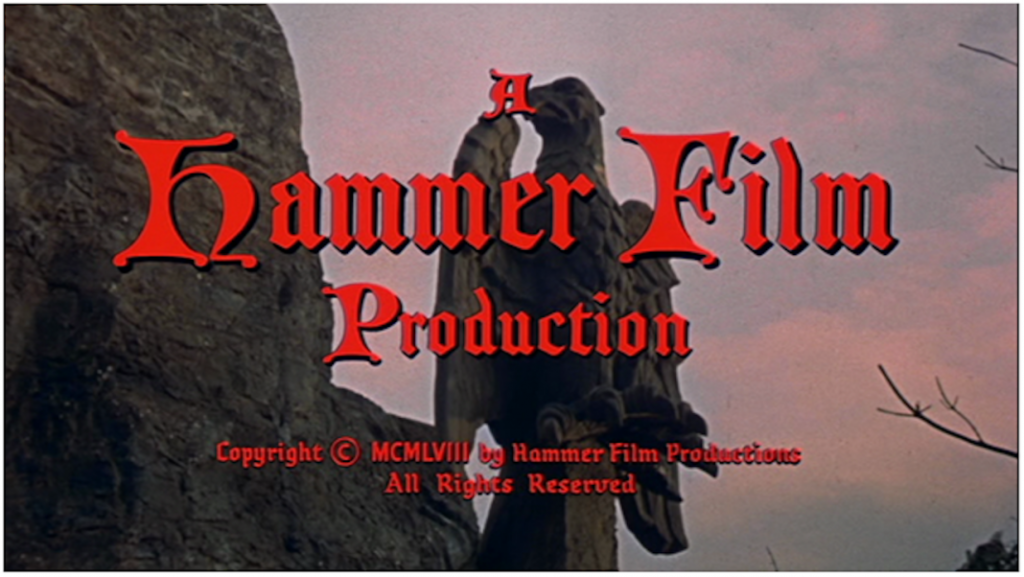
The dominant period piece movie company of the 80s and 90s was Merchant Ivory Productions. Truthfully you can’t really discuss period dramas from that period without bringing them up. What made their style unique was a little difficult to pin down. Something about the color palettes and use of shadows. It created the impression of something kind of if not quite familiar. It turned out their cinematographer Tony Pierce-Roberts openly admitted to basing their cinematography on the films of Jack Asher. Which is another way of saying he learned his craft by watching Hammer Films.
While I’ve covered Hammer’s early films, breakout successes, and pinnacle achievements, I’ve skipped over the bread-and-butter pictures. The sequels. The low-effort and low-risk films that Hammer made to keep the lights on. Sequels were almost unknown in the US at that time, but not so in Britain.

The Brides of Dracula (1960)
There are those that claim that this is the best of Hammer’s Dracula films and it contained no Dracula.
This was the immediate sequel to Hammer’s first Dracula movie. Originally it was supposed to be called Disciple of Dracula. The Count was only supposed to make a few cameo appearances as a kind of evil spirit guide. This idea was thrown away when Christopher Lee showed no interest in it. Peter Bryan threw that idea away and injected Van Hellsing. Terry Fisher and Peter Cushing injected their own rewrites.
The setup is kind of interesting. It was a repeat of the opening of Dracula but with a woman entering the vampire’s lair. Young French school teacher has been abandoned by her coach in a remote town in Transylvania. An aged baroness pops into the local tavern and invites her to spend the night at her castle.
Once there the School Marm finds out there is a handsome young man manacled to his bedroom. He claims to be the Baron Meinster (Master). He says that his mother locked him to steal his estate and lands. However, she keep the key to his chains in her room. So if you could be so kind…
Meinster is of course a vampire. Once free he immediately feeds on his own mother. Bad boy! Time to acquire some brides. He drains a peasant girl. Then a schoolgirl.
One of the more interesting additions was a Renfield, in the form of Gretta. The old Baroness’ servant and Meinster’s nurse when he was a baby. She had an interesting little diatribe to the corpse of the baroness, accusing her of spoiling the way and indulging him and his bad company which led to their current problem. She also had a great little scene where is lying on the grave of one his victims urging the new vampire to come forth. “No! I can’t help you. You have to push through yourself. You have to be strong!” Gretta is delighted when the hand pops out of the grave.
Van Hellsing is fairly ineffectual at stopping him until he comes for the School Marm. Then Van Hellsing is the one that gets bitten. The Vampire Rules™ were changed for this one. Instead of the Three Night rule. You only have to get slurped on once to turn.
However, there is a cure. Just cauterize the hell out of the wound sight and then sprinkle liberally with Holy Water. Meinster drags the school teacher into the windmill where he left Van Hellsing planning to drink the girl in front of his enemy and gets a face full of Holy Water for his efforts. I think this may have been the very first use of Holy Water as a weapon.
Meinster sets the windmill on fire just to be a dick. Van Hellsing and the teacher climb out on the roof and then VH uses the arms of the windmill to create another vampire-killing field expedient cross. Forgetting completely about the other two brides who apparently escaped unharmed.
The reviews were what Hammer had come to expect.
“The genuinely eerie atmosphere of traditional Vampire folk-lore continues to elude the cinema. This latest sequel in Hammer’s apparently endless series adds little to the Dracula legend other than a youthful, good-looking vampire, and nothing to the familiar Hammer format of inappropriate colour and décor, a vague pretence at period and a serious surface view of the proceedings.”
“…another repetition of the standard tale of the vampire … There is nothing new or imaginative about it.”
However, the money it made was not what they’d come to expect. It decidedly underperformed at the box office. The reason was obvious to everyone. David Peel was a fine actor but he simply did NOT command the screen like Christopher Lee. From now on, Vampire movies at Hammer were to star The Count.
Currently available on Internet Archive
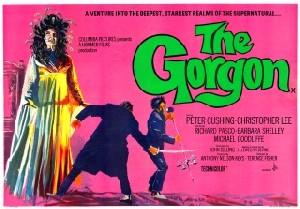
The Gorgon 1964
///
This seems to have been an effort by Hammer to break away from the Universal Monsters and come up with something wholly their own.
The funny thing is that everyone connected with all agree that it could have been one of Hammer’s all time greats, however, none of them can agree to why it wasn’t. The writer said it was the rewrites. Christopher Lee blamed the Gorgon makeup (he wasn’t completely wrong there, it was awful). Others at Hammer said it was just too much of an experiment for them.
Christopher Lee was cast as a hero. Peter Cushing while a professor started off as a good man but flawed by his jealousy. There really wasn’t any of Hammer’s signature good vs evil. There was a sense of tragedy, the gorgon was a youngwoman under a curse who would be transformed against her will. She was more of a Larry Talbot figure. Their audience had been trained for right versus wrong.
My own view is that the fundamental problem is that pretty much all of Hammer’s sets and costumes were geared for an Eastern European setting. The Gorgon is a about as Ancient Greek as you can get. It could have worked a modern setting, or at least Victorian London but the story just didn’t work in Hammer’s gothic style.
The reviews were almost kinda, sorta… Well, good.
“Though written and directed on a leisurely note, The Gorgon is a well-made, direct yarn that mainly gets its thrills through atmosphere. The period storyline is simple and predictable, but John Gilling has turned out a well-rounded piece and Terence Fisher’s direction is restrained enough to avoid any unintentional yocks.”
“The Gorgon myth does not fit happily into Transylvanian surroundings, and there are too many red-herrings indicative of the script’s straining after horrific effect (the mad woman, the brain transplantation, etc.). The trouble is that one is never really in doubt as to who the Gorgon is. Also, as in Hammer’s stablemate, The Mummy; the monster’s appearance is belated, vague and insufficiently spectacular. Still, it makes a change from vampires, and though the film has little genuine flair for atmosphere it is quite well acted by Richard Pasco and an appropriately blank-eyed, statuesque Barbara Shelley.”
While reasonably popular today, it isn’t on anyone top ten list and it didn’t perform well when released.
Currently Available on Tubi
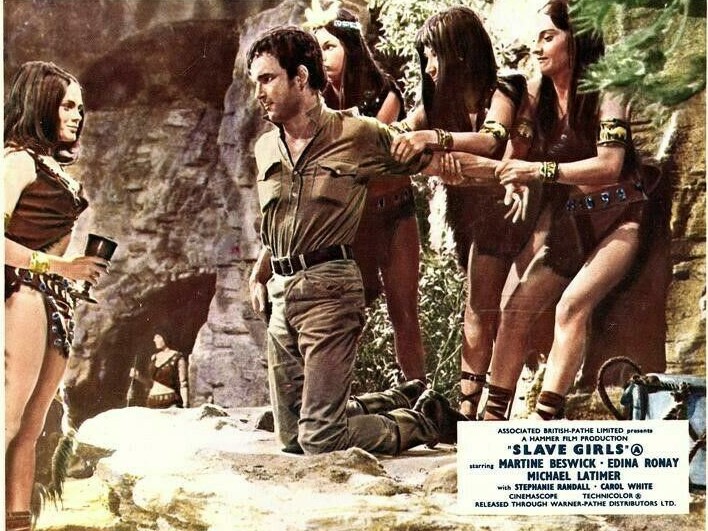 DEATH BY SNU-SNU!!!
DEATH BY SNU-SNU!!!Oh come on, you knew I had to say it.
Slave Girls of the White Rhinoceros
AKA Prehistoric Women.
The Great White Hunter was, believe it or not, kind of a pro-ecological figure in his day.
There was a certain appeal to the upper classes and people who liked to pretend they were upper classes. Just chuck life in Victorian cities (very understandable), ditch your class-driven responsibilities (understandable but less commendable) and just live in the jungle. Once or twice a year you emerge, head to the trading post to sell your ivory and skins, buy what you need, and disappear back into darkest Africa. It was a dream of casting off your burdens while ignoring the reality of tsetse flies and a lack of dentistry.
H. Rider Haggard pretty much invented the genre and his prose still has a call to adventure.
“It is far. But there is no journey upon this earth that a man may not make if he sets his heart to it. There is nothing, Umbopa, that he cannot do, there are no mountains he may not climb, there are no deserts he cannot cross; save a mountain and a desert of which you are spared the knowledge, if love leads him and he holds his life in his hand counting it as nothing, ready to keep it or to lose it as Providence may order.”
Consequently, jungle adventure movies were quite a thing during the silent era. They petered out around World War II. However, Hammer had had quite a bit of luck with reviving out-of-gas genres. If you look at their history, that was pretty much their bread and butter. So they gave jungle movies a shot using the Hammer revival formula of shoot it in color and stuff in as much sex appeal as the censors will allow.
By 1967 the rules were a lot less strict. The British Film industry had captured the body meant to govern it. Nudity was just around the corner but hadn’t arrived yet.
Okay, you’ve probably noticed I’ve been avoiding talking about the film’s plot.
Honestly, not one of their best. Although it’s probably about as good as 1,000,000 Years BC. In some ways, it’s kind of a Demi-sequel to that movie. Since Hammer already had a butt-ton of leather bikinis left over from Raquel Welch’s star vehicle, plus a bunch of jungle sets, Hammer decided to grind out this quickie.
Great White Hunter is conducting a safari and some old geezer wounds a leopard rather than killing it. GWH tracks it into the jungle but alas runs into the Connivance Tribe who kills all white men who hunt on their lands. A bazillion years ago white men came from the north, hunted all the sacred white rhinos to extinction, and then made the Connivance tribe bow down to their false idol. Which is a statue of a white rhinoceros. Until another albino rhino shows up, they are cursed. With… something.
Anyway, they are about to kill the GWH when he touches the statue’s horn, lightning strikes and he’s back in time.
There is a tribe of brunette leather bikini-wearing women and blonde bikini-wearing women who have been enslaved by the brunettes and are made to dance for their amusement.
The brunettes are ruled by Martine Beswick. She started off her career as a Bond Girl in From Russia with Love and Thunderball. She only appeared in three Hammer films but she is indelibly associated with this period in the company.
Beswick informs the Great White Hunter that he is hers and her’s alone. That was a little unusual in this kind of movie. It plays against the harem fantasy. It also assumes the rest of the Brunette tribe will go along with celibacy for thee and not for me.
Anyway, the GWH while turned on by her advances, still prefers blondes, so Beswick throws him in the man pit where the men are slaves. He gets to hear the ridiculous story of their history. Aryans invaded deepest Africa, killed the white rhinos, and then erected a false rhino which offended the gods. The brunette tribe showed up, the Aryans enslaved them with the power of the fake white rhino?!?!? Anyway, GWH leads a slave revolt, the Great Albino Rhino shows up and impales Martine Beswick. GWH is still simping for Blonde Bikini Wearing Love Interest but sends the GWH back to his own time to find a blonde from his own world. Which he does and as incredible luck would have it, she looks just like the bikini girl.
The reviews were what Hammer had come to expect:
“After an opening which suggests a blend of Rider Haggard Rider Haggard and H. G. Wells this ludicrous farrago soon establishes its own comic strip level with dialogue to match. As a spoof it might have been hilarious, but there is every indication that the makers are in deadly earnest – even when Martine Beswick, clad in an animal skin bikini edged with miniature rhinoceros horns and charging around with a whip, dances herself into a trance before an audience of slaves and fellow Amazons before throwing herself at the feet of her captive white hunter. One of the feeblest Hammer films to date, in fact, and not surprisingly kept on the shelf for a couple of years.”
I will give credit where it’s due. For all the fun I’ve made of this movie Martine Beswick delivered a commanding screen presence as the evil queen of the jungle.
This didn’t however turn into box office gold. It needed $1.45 million to deliver a profit and in came in $200 K below that. This was a big deal back then. Hammer had to start making serious cuts.
It was the start of a slow downhill decline.
Prehistoric Women is on YouTube if you’re interested.

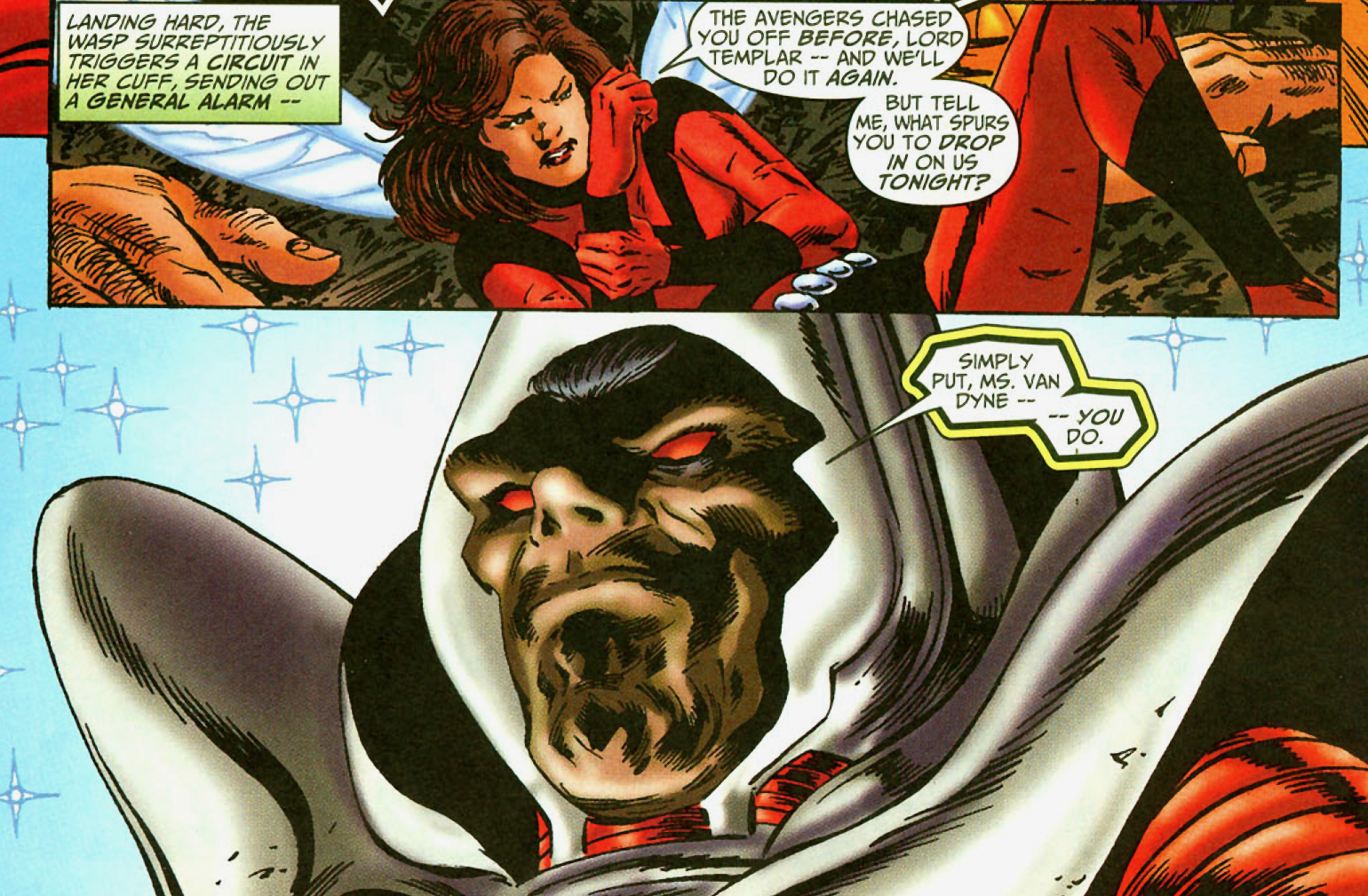




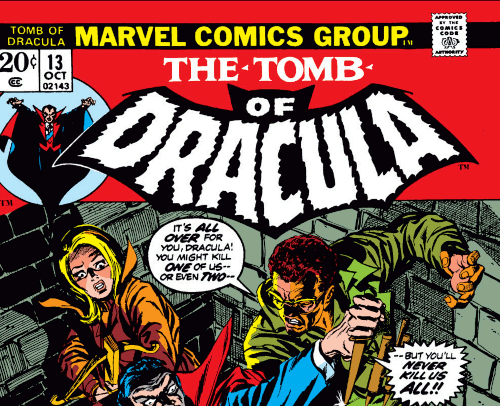
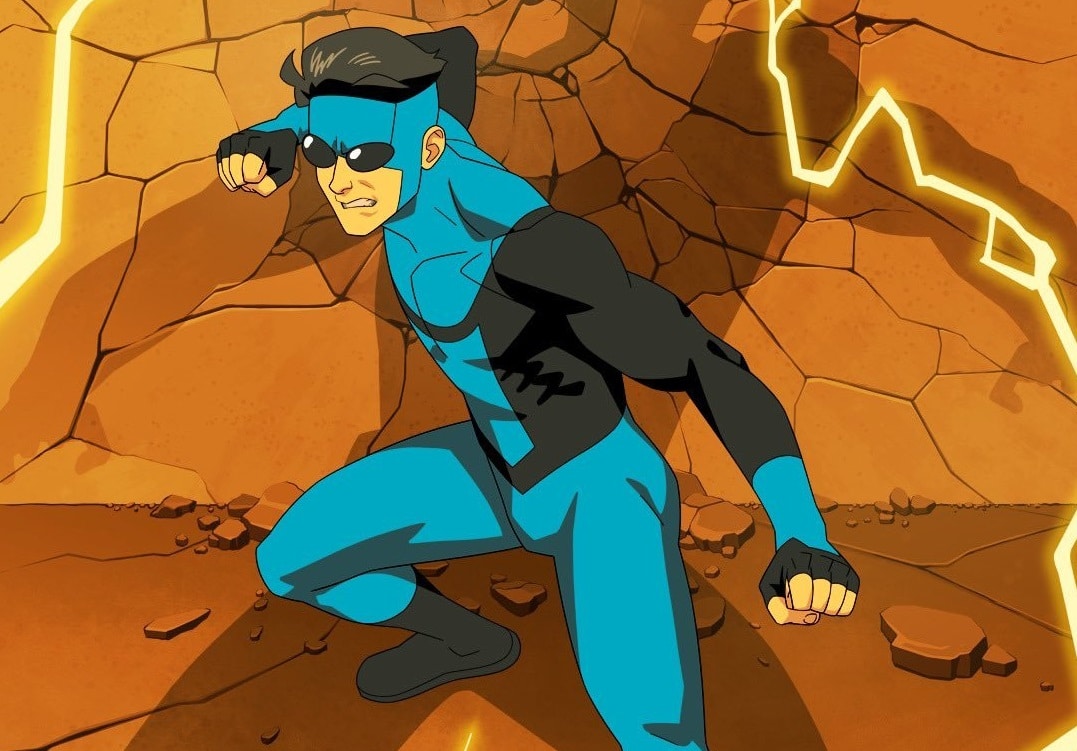


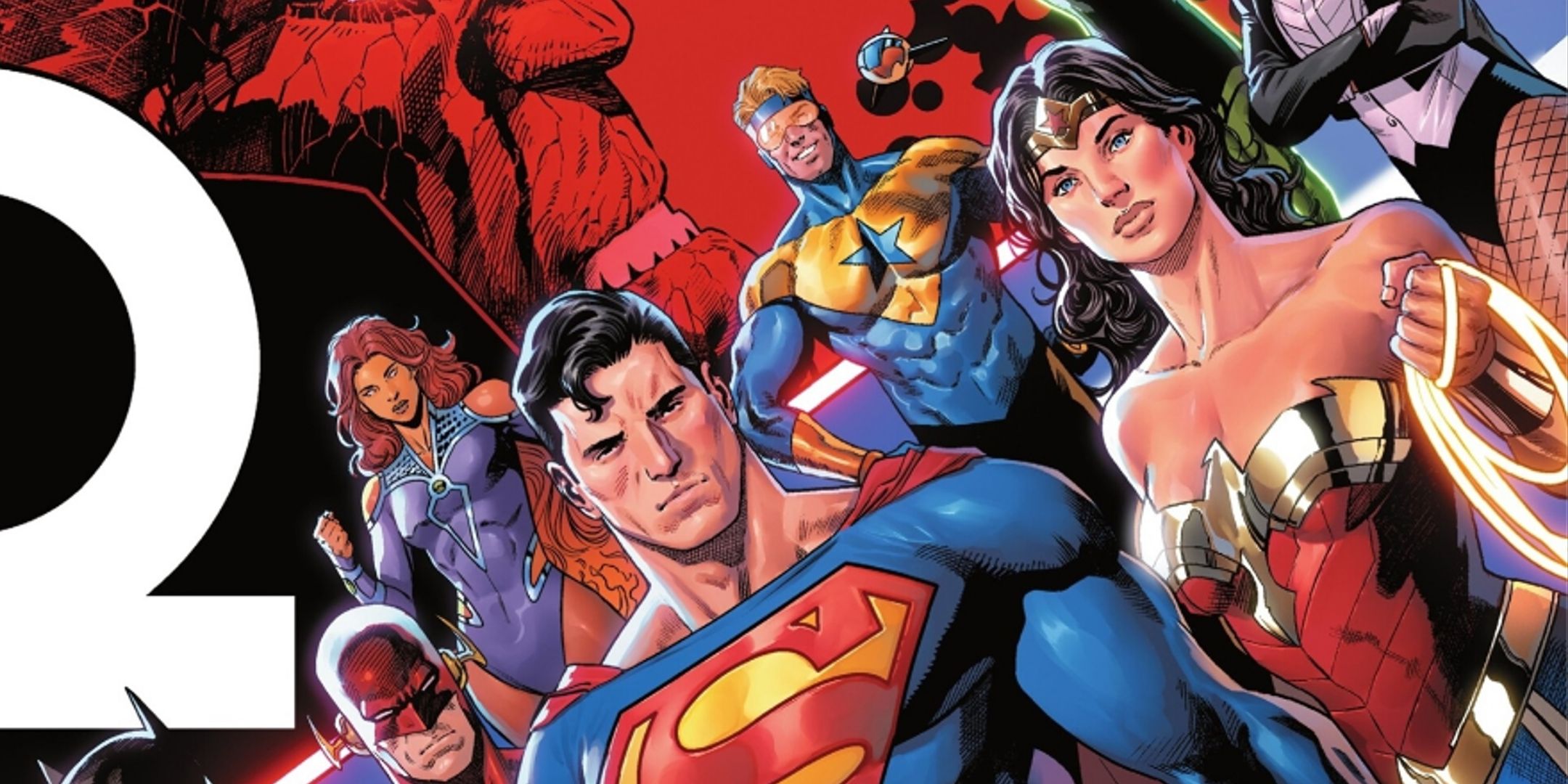
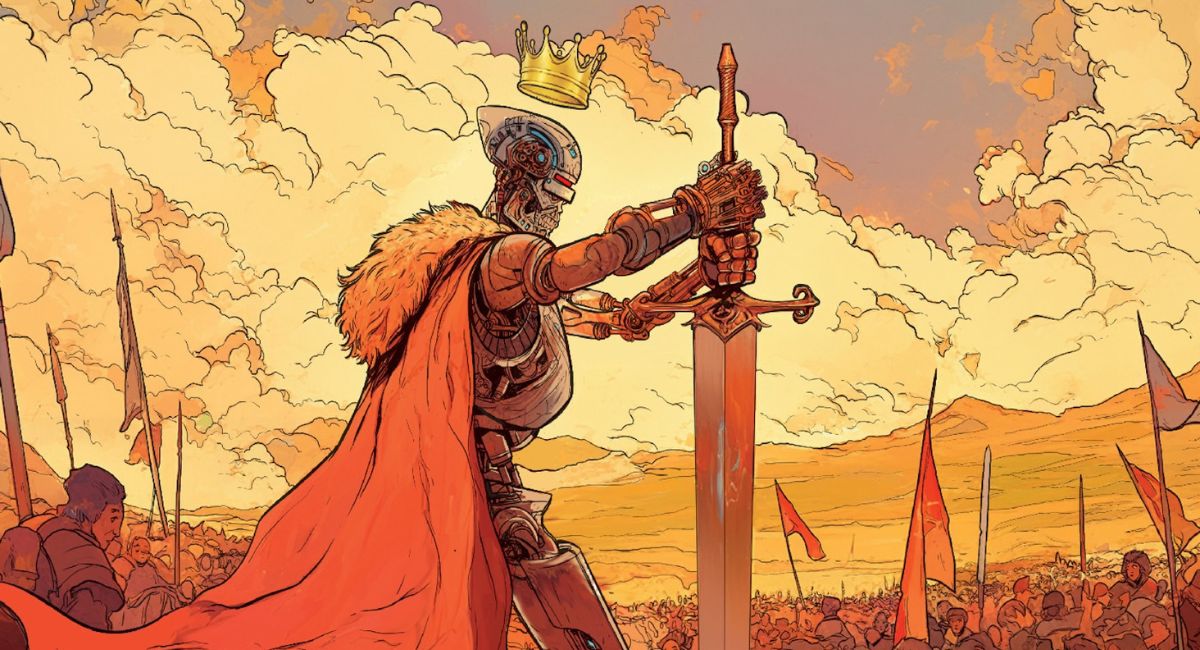


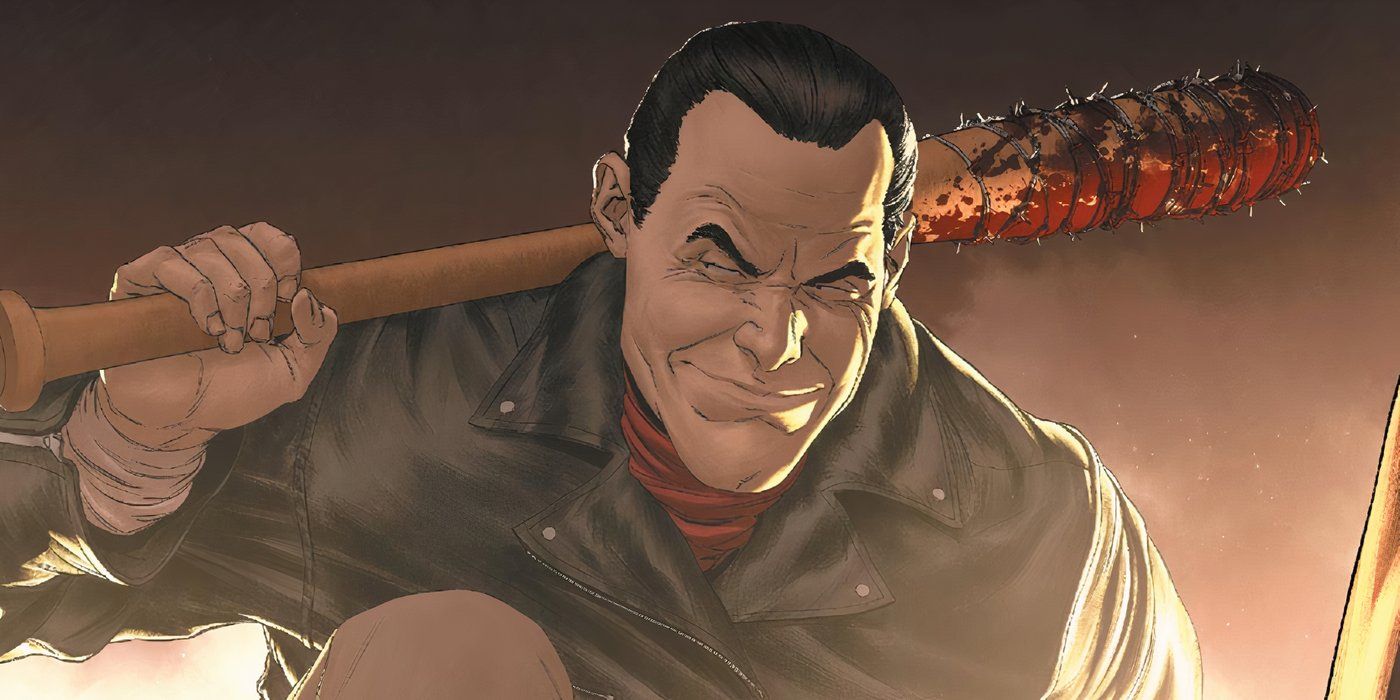




 English (US) ·
English (US) ·